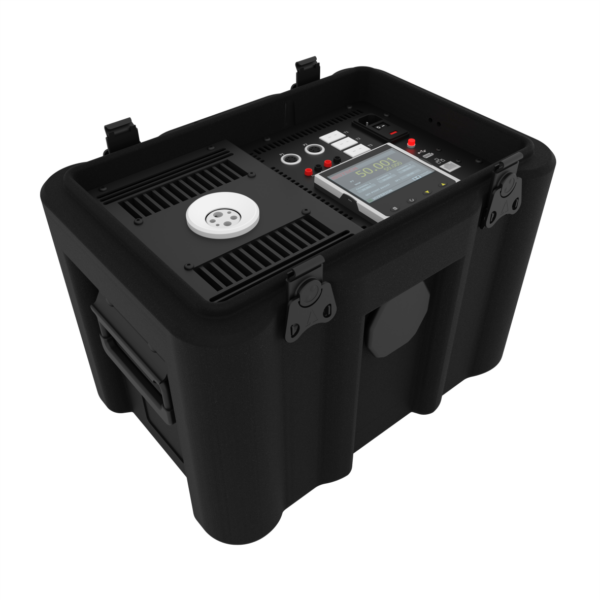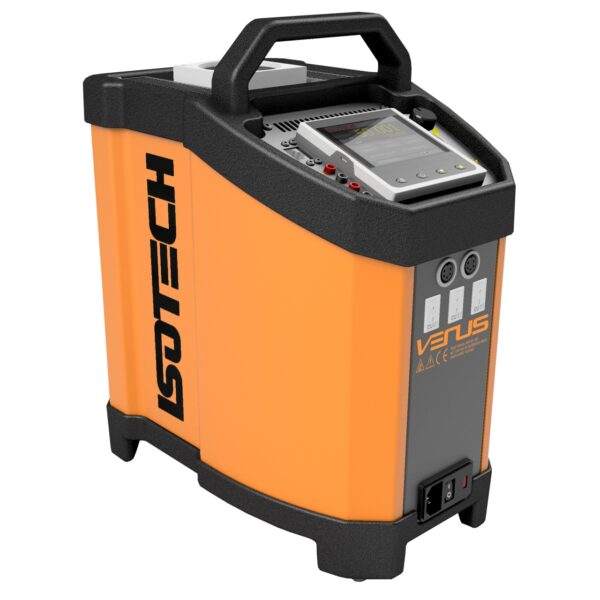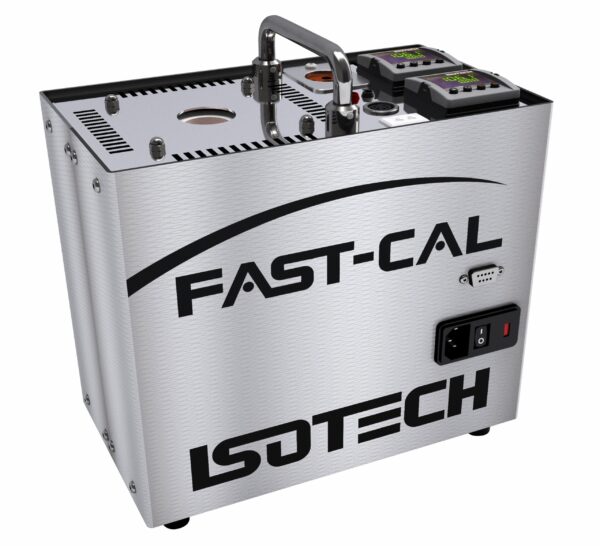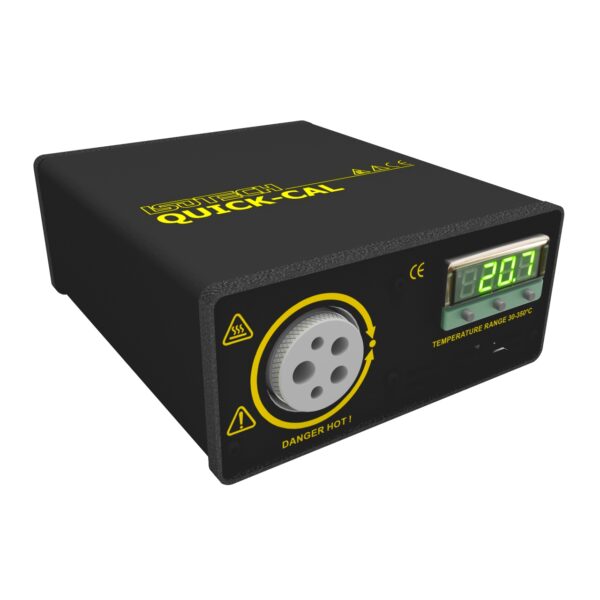Beyond Resolution: Understanding Accuracy in Dry Block Temperature Calibration
Dry block calibrators are vital tools in temperature calibration, offering convenient and fast calibration of sensors. However, when evaluating performance, users often place undue emphasis on display resolution. This article explores the limitations of resolution as a performance indicator, identifies the key contributors to uncertainty, and uses a practical example to show how little resolution influences the result when properly evaluated.
Quick Summary
Display resolution ≠ accuracy
Main uncertainty sources: gradients, loading, immersion depth
Real-world accuracy depends on design, not just digits

Resolution vs Accuracy: A Fundamental Distinction
It is essential to differentiate between resolution and accuracy when evaluating a calibrator:
- Resolution is the smallest temperature increment displayed by a calibrator. It is a digital feature, and by itself, does not improve measurement performance.
- Accuracy refers to how close a measured or indicated value is to the true temperature, typically verified using a calibrated reference thermometer.
While higher resolution may improve readability, it often has minimal impact on overall calibration uncertainty, as other sources, such as thermal gradients and probe loading, typically contribute far more significantly.
What Affects Calibration Quality
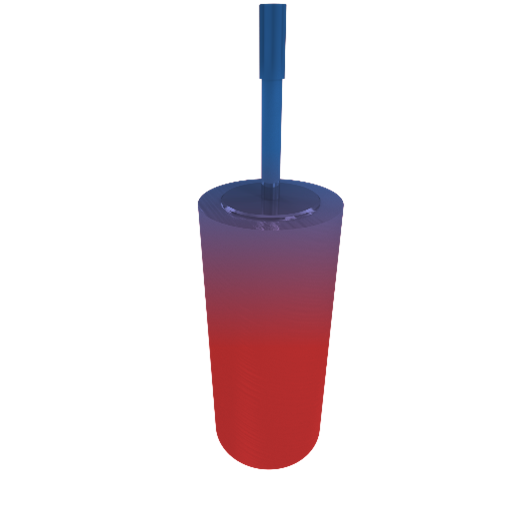
According to internationally recognised guidance documents such as EURAMET cg-13 and ASTM E3186-19, the following factors typically dominate the uncertainty budget in dry block calibration:
- Stability: The ability of the calibrator to maintain a setpoint over time.
- Axial and Radial Uniformity: Differences in temperature within the calibration block.
- Loading Effects: Influence of inserting probes into the well.
- Immersion Depth and Insert Fit: Poor contact or inadequate depth causes errors.
- Calibration Method: Comparison with a high-accuracy reference thermometer.
These are thermal and practical factors that significantly impact real-world performance and compliance with ISO/IEC 17025.
Considering the Impact of Resolution
To demonstrate the limited influence of display resolution, consider a simplified uncertainty budget for a dry block calibrator at 100 °C. All uncertainty sources are treated as independent and follow a rectangular (uniform) distribution. Two scenarios are compared:
- Scenario A: Resolution = 0.01 °C
- Scenario B: Resolution = 0.001 °C
When a digital instrument shows values with fixed resolution, the actual temperature could fall anywhere within the smallest displayed step. Because we can’t know its exact position within that interval, it’s standard practice to assume the error is evenly spread across it, so we use half the least significant digit (LSD) as the uncertainty contribution.
Note: Uncertainty from the reference thermometer is not included.
| Source of Uncertainty | Value ± | Distribution | Divisor | ci | Standard Uncertainty (ui) |
|---|---|---|---|---|---|
| Radial non-uniformity | 0.010 | Rectangular | 1.73 | 1 | 0.0058 |
| Axial non-uniformity | 0.100 | Rectangular | 1.73 | 1 | 0.0578 |
| Loading effects | 0.050 | Rectangular | 1.73 | 1 | 0.0289 |
| Stability | 0.030 | Rectangular | 1.73 | 1 | 0.0173 |
| Display resolution (A) | 0.005 | Rectangular | 1.73 | 1 | 0.0029 |
| Display resolution (B) | 0.0005 | Rectangular | 1.73 | 1 | 0.0003 |
Combined Uncertainty Results
Scenario A (Resolution = 0.01 °C):
Combined Standard Uncertainty (uc): ≈ 0.0672 °C
Expanded Uncertainty (k = 2): ±0.1344 °CScenario B (Resolution = 0.001 °C):
Combined Standard Uncertainty (uc): ≈ 0.0672 °C
Expanded Uncertainty (k = 2): ±0.1344 °C
| Display Resolution | Standard Uncertainty (°C) | Expanded Uncertainty (°C) |
|---|---|---|
| 0.01 °C | 0.0672 | ±0.1344 |
| 0.001 °C | 0.0672 | ±0.1344 |
Therefore, the difference in expanded uncertainty (k = 2) between using a display resolution of 0.01 °C and 0.001 °C is negligible, effectively buried within numerical resolution and rounding, with no practical impact on calibration outcomes.
Conclusion
While display resolution is a highly visible specification and may improve readability, it is a minor contributor to the actual performance of a dry block calibrator. As demonstrated in the comparative example, gains from higher resolution are dominated by thermal effects such as axial gradients and probe loading.
Successful calibration depends not on the smallest displayed increment, but on:
- Proper thermal design
- High-quality reference standards
- Rigorous calibration procedures
- Well-characterised uncertainty budgets
For compliance with standards such as ISO/IEC 17025, calibration systems must be evaluated based on total measurement uncertainty – not marketing-driven resolution claims.

